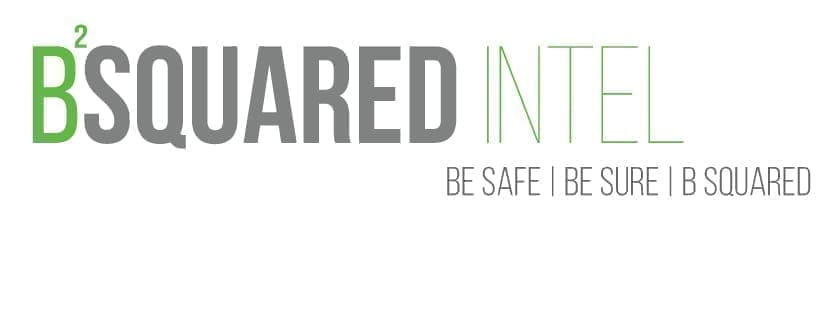There’s no contesting these days that there’s mountains of data floating around in the public domain. According to Axios, the months leading up to the COVID19 pandemic saw social media use relatively unchanged. Then, in mid-March of 2020, they saw a notable rise in social media use when statewide lockdowns began [Link]. This increase was due to people looking to connect with others when they couldn’t physically. Next, we add certain devices, IoT or other, to this pile of publicly available information. This means there’s plenty of opportunity for something to exist that may help with OSINT/SOCMINT research.
OSINT is Open Source Intelligence and pertains to the collection, analysis, and use of information in the public domain. SOCMINT, or Social Media Intelligence, is using social media platforms to do the same thing you would do with OSINT. Both forms of intelligence gathering are not the be-all-end-all solutions for the research you do and they have limitations. Regardless, not having this as part of the research you do for your casework leaves you at a disadvantage. The more interconnected we are digitally, the more potential there is for someone to leave behind a digital artifact. Knowing this means you need some strategies in place to conduct effective research.
Here are some strategies to get you and your legal team started:
- Ask the right questions: Don’t go blindly into your research. Figure out what answerable questions to ask that have the ability to produce a finding. “Who owns this website?” has an answer. “Where’s the best place to find information about websites?” is too vague. Asking the right questions helps you figure out what tools are useful for finding the answers.
- Plan your keywords: Randomly searching for stuff will only get you so far. Create a list of keywords to start. If they lead to search results, great! The search results may also bring up different questions to ask that you might not have thought of at the beginning. The results may lead to other sources and tools to leverage.
- Test your tools on yourself before using them live: By testing, you’ll know what the limitations are, any gotcha moments that affects your system, and things that potentially might tip off someone that you’re poking around.
- Build your digital library and toolbox: Having resources and tools ready makes it easier for the planning phase, especially if you and your team keep running into the same kind of question that needs an answer. If that’s the case, that tool, or resource, should be incorporated into your process.
These strategies will help get your research moving in the right direction.
Want to learn more about our capabilities and how we can help your firm? Reach out to us in the contact form below.
Also stay up to date with our newsletter. It covers cybersecurity and OSINT news, tips, tricks, tools, as well as other pertinent information. Sign up here: https://bsquaredintel.com/newsletter-signup/
Contact Us | Bsquared Intel
Please fill out the form below, or call 203.828.0012, to learn how bsquared intel can assist you.
Contact Us | Bsquared Intel
Please fill out the form below, or call 203.828.0012, to learn how bsquared intel can assist you.

